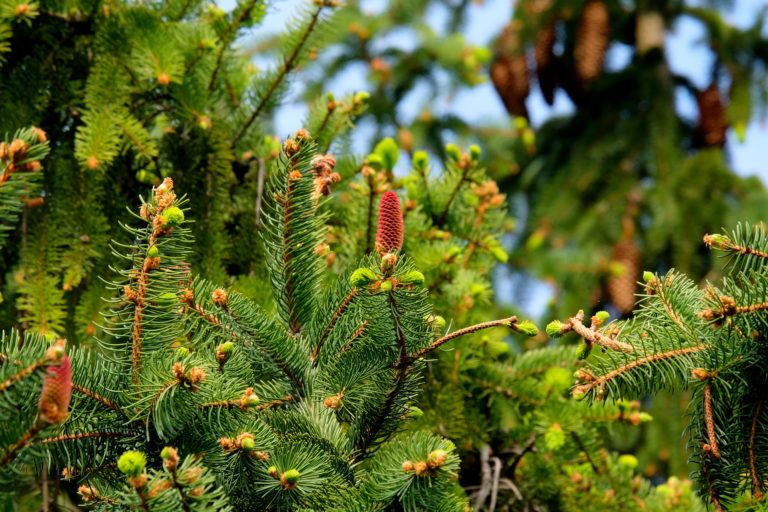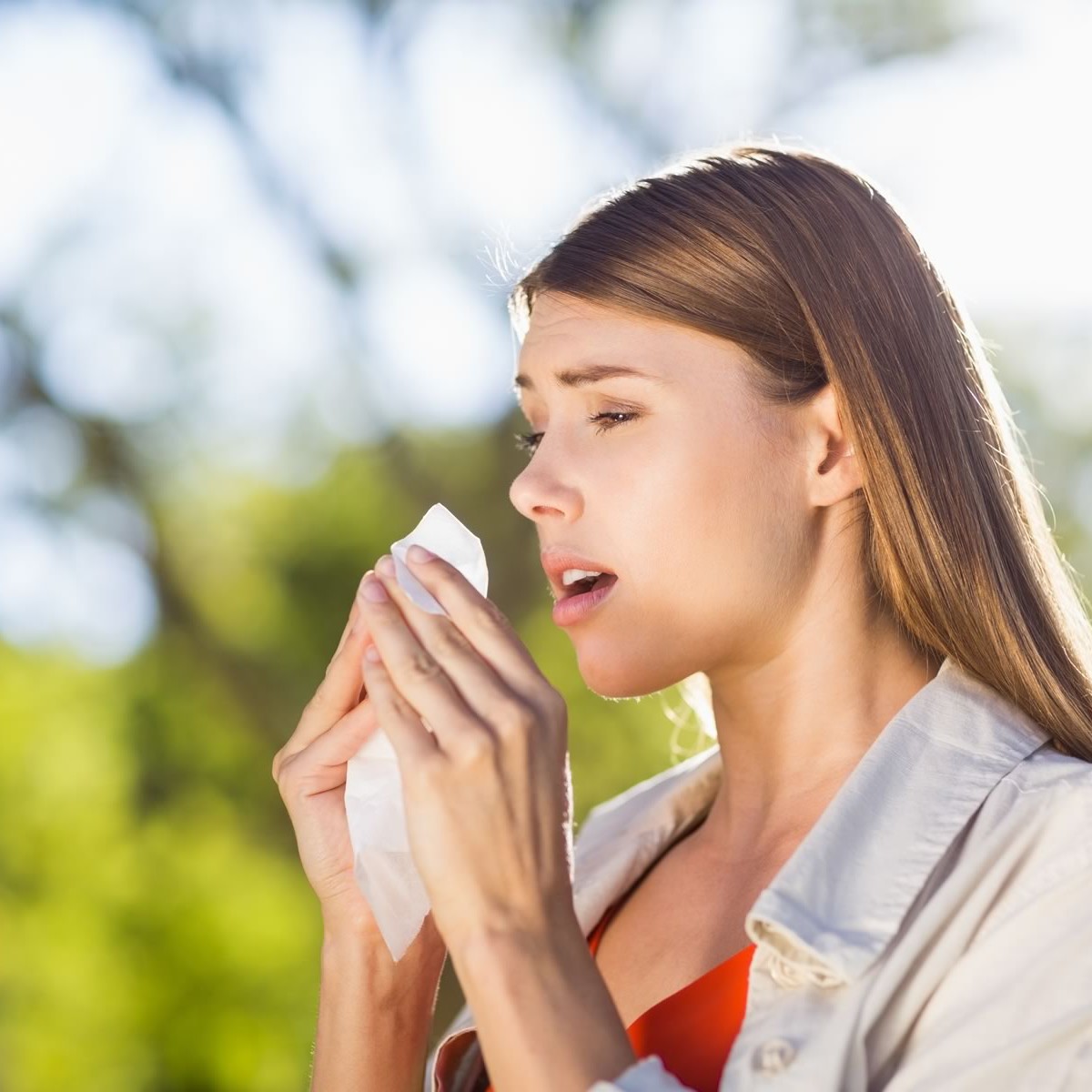There is no place safe from allergies in America, and some cities are more problematic than others. The Allergy Capitals is an annual research project of the Asthma and Allergy Foundation of America (AAFA) to identify “the 100 most challenging places to live with allergies” in the spring and fall seasons each year. The rankings are based on scientific analysis of three factors for the 100 largest metro areas in the U.S.
The data measured and compared each year includes:
• Pollen scores (airborne grass/tree/weed pollen and mold spores)*
• Number of allergy medications used per patient
• Number of allergy specialists per patient
• 2011 Spring Allergy Capitals
Knoxville, Tenn., is the #1 city at the top of AAFA’s annual “Spring Allergy Capitals” rankings for the second year in a row. But the final scores for all 100 cities we studied were very close this year.
• Knoxville’s ranking this year is due primarily higher-than-average use of allergy medications per
patient, and higher-than-average pollen counts.
• Knoxville has been within the top-10 on this report for six of the past nine years.
The top 20 cities on the spring list this year are:
1. Knoxville, TN
2. Louisville, KY
3. Charlotte, NC
4. Jackson, MS
5. Chattanooga, TN
6. Birmingham, AL
7. Dayton, OH
8. Richmond, VA
9. McAllen, TX
10. Madison, WI
11. Columbia, SC
12. Greensboro, NC
13. Wichita, KS
14. Philadelphia, PA
15. Virginia Beach, VA
16. St. Louis, MO
17. Memphis, TN
18. Little Rock, AR
19. Augusta, GA
20. Greenville, SC
For the first time in this nine-year report, the average number of allergy medications-per-patient is less than 1.0 (actual national average this year is 0.94 medications used per patient). The Spring Allergy Capitals report mostly measures prescription (RX) medication purchases and refills, so this decline is most likely an indication that patients are relying more on over-the-counter allergy medications since the scope, variety and strength of over-the-counter medications today is much larger than in the past.
* Pollen score” is comprised of comprehensive recorded levels of airborne grass/tree/weed pollen and mold spores, and prevalence data for each of these specific types of allergens.
Source: © Asthma and Allergy Foundation of America. www.aafa.org
Asthma and Allergy Foundation of America research partner was Pollen.com, a division of Surveillance Data, Inc.
Asthma and Allergy Foundation of America (AAFA) is not in any way affiliated with United Biologics LLC DBA/United Allergy Labs (UAL). AAFA does not sponsor, certify or credential UAL.
###
You may also be interested in . . .
Prepare for Spring Allergy Season
Spring is fast approaching, and if you are a seasonal allergy sufferer, you likely associate this time of year with chronic sneezing, sniffling, and…
Achoo! These cities are the worst for spring allergies
Which cities are the worst for Spring allergies? The Asthma and Allergy Foundation of America (AAFA) ranks communities based on pollen, the number of…
Allergy Relief: 9 Ways To Prepare For Spring Allergies Inside And Outside The Home
The trees are mobilizing, the grass is greener, and the flowers blooming could only mean one thing: Spring is just around the corner, and so is allergy…


